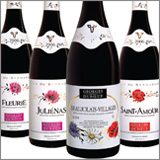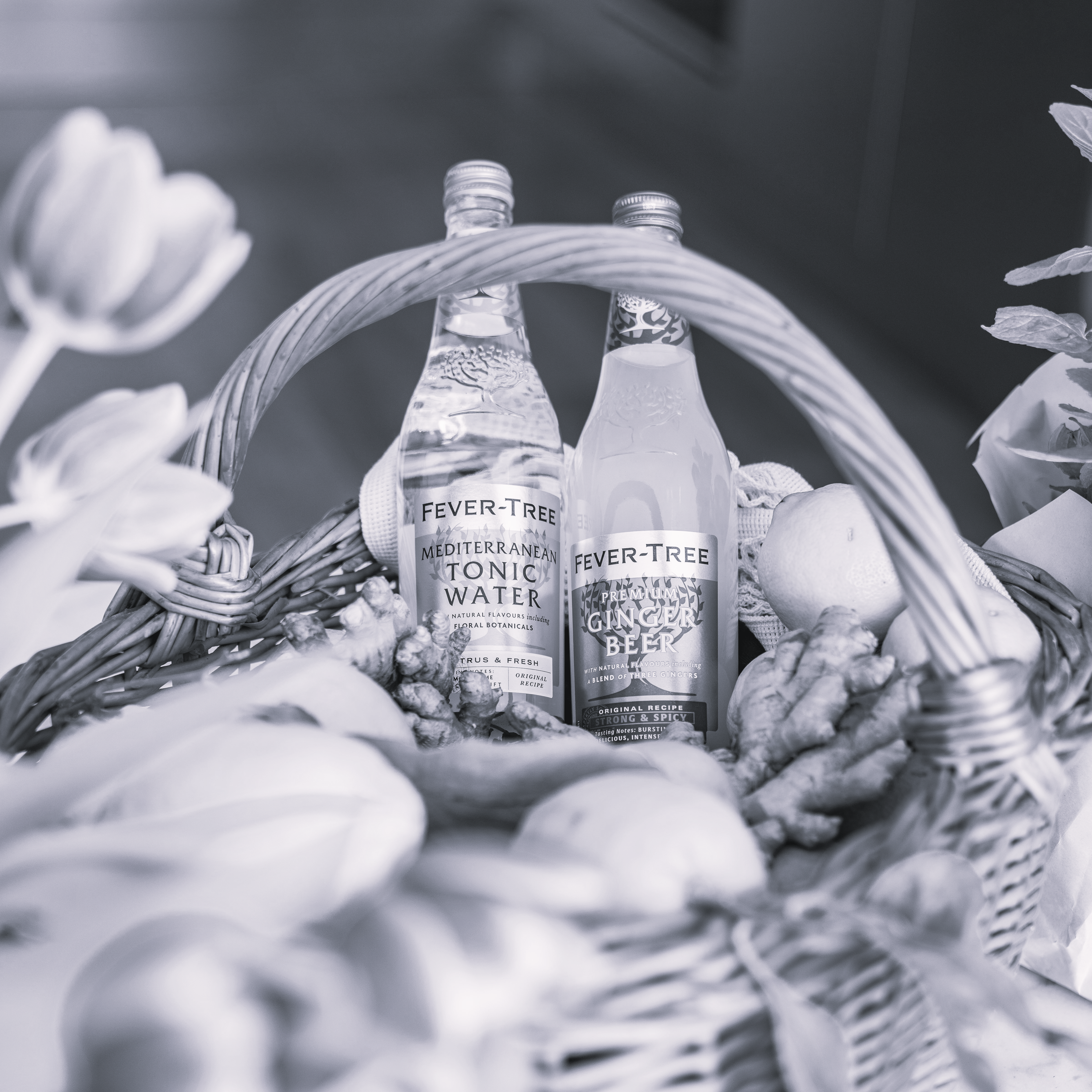Gamay is a purple-coloured grape variety used to make red wines, most notably grown in Beaujolais. Its full name is Gamay Noir a Jus Blanc. It has been known as a distinct grape variety for over 600 years, often referred to as Gamay Noir.
The Gamay grape is thought to have appeared first in the village of the Gamay, south of Beaune, in the 1360s. The grape brought relief to the growers following the decline of the Black Death. In contrast to Pinot Noir, Gamay ripened two weeks earlier and was less difficult to grow. It also produced a strong, fruitier wine in larger abundance. One parent of Gamay is Pinot Noir and the other is Gouais Blanc.
In 1395, the Duke of Burgundy, Phillip the Bold, ordered Gamay vines to be torn out and banned the variety from being planted in the vineyards of Burgundy, so as not to compete with Pinot Noir. Although this decree nearly eradicated Gamay altogether, it found a new home in Beaujolais.
Gamay is a very vigorous vine which tends not to root very deep on alkaline soils resulting in pronounced stress - with a correspondingly high level of acidity in the grapes. The acidity is softened through carbonic maceration, a process that also gives the wine tropical flavours and aromas, reminiscent of bananas.
Gamay wines are typically light bodied and fruity. Wines meant to be drunk after some modest aging tend to have more body, where the wines typically have the flavour of sour cherries, black pepper, dried berry and blackcurrant. In addition to being well suited to the terroir of Beaujolais, Gamay is grown extensively in the Loire Valley around Tours where it is typically blended with Cabernet Franc and Cot a local clone of the Malbec. These wines are similar to those of Crus Beaujolais but with raspberry notes and the signature fresh-peppery nose.
Gamay is also the grape of the Beaujolais Nouveau, produced exclusively from the more alkaline soils of Southern Beaujolais where the grape is incapable of making drinkable wines without aggressive carbonic maceration.










